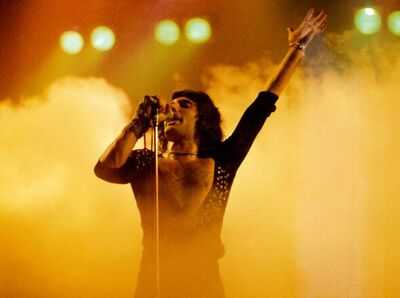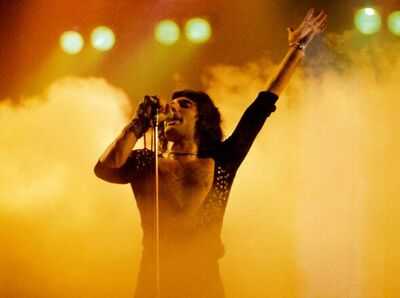
Is this the real life? Is this just fantasy? We have argued the toss for years. Although Freddie Mercury never explained his most celebrated work, declaring it to be "just about relationships with a bit of nonsense in the middle", conflicting theories are as rife today as they were half a century ago. While Queen's surviving members - guitarist Brian May, drummer Roger Taylor and retired bassist John Deacon - have always protected their frontman's most closely-guarded secret, speculation still rages.
But now, 50 years after their magnum opus was first released, I can reveal its true meaning. The baroque'n'roll classic was not Freddie's attempt at upstaging Led Zeppelin's folk-rock epic Stairway To Heaven. Nor did it describe a son confessing a murder to his mother, pleading poverty at his trial and surrendering to a tragic fate. Nor could it have been Freddie's AIDS lament. He conjured it during the late 1960s and dabbled for years with structure and content.
Queen only completed, recorded and released it in late 1975. He was not diagnosed as HIV positive until 1987 - despite what their feature film depicts. Nor was it a showcase of Queen's versatility. The truth is more personal.
How do I know? Because Freddie explained it in detail in his secret diaries. In July 1991, he gave the 17 handwritten volumes to his only child - conceived in 1976 with the wife of a close friend and raised by her mother and stepfather.
His cherished daughter was not yet 15. Freddie had only four months left to live. In December 2021, she shared those treasured private journals with me. Four years on, my new book Love, Freddie: Freddie Mercury's Secret Life And Love tells for the first time his astonishing true story. My exclusive source? His own words.
Bo Rhap was originally recorded for Queen's fourth studio album, A Night At The Opera. They released it as a single. The unusually long (5:55 minutes) track broke every rule but became an instant success. The Christmas single topped the UK chart for nine weeks. By the end of January 1976, aided by its groundbreaking promotional video, it had shifted a million copies.
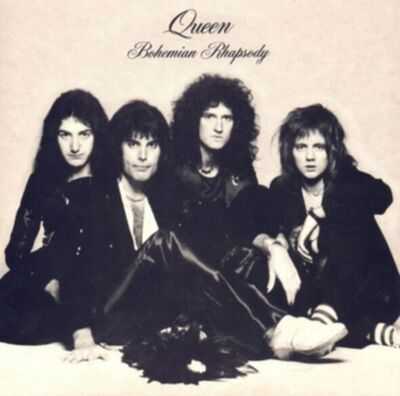
It made number one again in 1991, after Freddie's death, and reigned for five weeks. And it became the UK's third best-selling single of all time, after Elton John's Candle In The Wind/Something About The Way You Look Tonight (reworked for the funeral of Diana Princess of Wales in 1997), and the 1984 Band Aid fund-raiser Do They Know It's Christmas? Making it the first same- version song ever to reach number one twice in Britain.
It conquered charts elsewhere: Australia, New Zealand, Canada, Ireland and the Netherlands. In the US in 1976, it peaked at number nine. It returned at number two there in 1992 after its airing in the film Wayne's World. In 2004, it was inducted into the Grammy Hall of Fame. Seven years on, BBC Radio 4's Desert Island Discs listeners chose it as their all-time favourite pop song. It also topped a 2012 ITV nationwide poll to find The Nation's Favourite Number One over 60 years of music.
They say Bohemian Rhapsody is still played somewhere in the world at least once every hour. It remains Queen's defining piece, their most enduring work. All this without anyone but Freddie ever knowing its true meaning. Brian May has long acknowledged Freddie's sole authorship of Bohemian Rhapsody, saying that "he seemed to have the whole thing worked out in his head".
It was, May added, "an epic undertaking", comprising an a-capella introduction, an instrumental sequence of piano, guitar, bass and drums, a mock-operatic interlude and a loaded monster-rock crescendo before fading into a "nothing really matters" conclusion. To the band, it seemed insurmountable. "We were a bit mystified as to how he was going to link all these pieces," admitted Brian.
It breathed life into a host of classical characters: Scaramouche, a clown from the Commedia dell'arte; 16th century astronomer and father of modern science Galileo; Figaro, the principal character in Beau marchais' The Barber Of Seville, and The Marriage Of Figaro, from which operas by Paisiello, Rossini and Mozart had been composed; Beelzebub, identified in the Christian New Testament as Satan, Prince of Demons, and in Arabic as 'Lord of the Flies', or 'Lord of the heavenly dwelling'.
Also from Arabic, the word bismillah is drawn: a noun from a phrase in the Qur'an meaning "in the name of God, most gracious, most merciful".
While researching one of my previous three biographies about Freddie, I discussed the song with the UK's greatest living lyricist, Sir Tim Rice. Having collaborated with Freddie on songs for Mercury's Barcelona album with Spanish soprano Montserrat Caballé, the co-creator of The Lion King and Evita knew Freddie better than most.
"It's fairly obvious to me that this was Freddie's coming out song," he said. "I've spoken to Roger Taylor about it. There is a very clear message in it. This is Freddie admitting that he is gay. 'Mama, I just killed a man': he's killed the old Freddie he was trying to be. The former image, 'Put a gun against his head, pulled my trigger, now he's dead', he's dead, the straight person he was originally.
"He's destroyed the man he was trying to be, and now this is him, trying to live with the new Freddie. 'I see a little silhouetto of a man', that's him, still being haunted by what he's done and what he is. Every time I hear the record on the radio, I think of him trying to shake off one Freddie and embracing another, even all these years after his death. Do I think he managed it? I think he was in the process of managing it, rather well."
He added: "Freddie was an exceptional lyricist. Bohemian Rhapsody is beyond doubt one of the great pieces of music of the twentieth century."
Sir Tim was right about that...but wrong about its meaning. It's actually a song about racism. According to Freddie's explanation in his handwritten notebooks, he developed its structure during his art student years at Ealing College, linking three separate songs to create what he referred to as "the cowboy song".
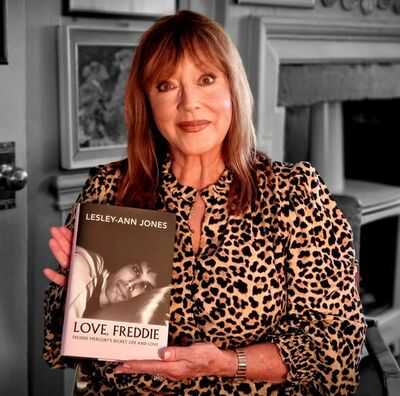
"It's about a young man who had been forced to leave Zanzibar, and who arrived in England with a different skin, accent and look from most of the people he saw around him," explains his now 48-year-old daughter, a medical professional and mother of Freddie's grandchildren, who lives a private, privileged life in a European country.
"His early days in a foreign land were not easy. He was teased, ridiculed and humiliated, and suffered racial attacks. In order to get the better of his tormentors, he toughened up and began to play the Persian Popinjay.
"Slowly but surely, Freddie Bulsara retreated into his shell. Freddie Mercury emerged. That, he wrote, is the thrust, the true meaning of Bohemian Rhapsody. 'Bohemian' because at that time he was living a bohemian, itinerant lifestyle. 'Rhapsody' because, in Greek antiquity, a rhapsody was a series of poems featuring highly contrasting moods, something Freddie was fascinated by."
There is another surprising source for his creation, never previously disclosed: Wolfgang Amadeus Mozart's final opera The Magic Flute, a fairy tale about a prince who rescues a princess, aided by an enchanted woodwind instrument.
"We find it in Bohemian Rhapsody's first movement," his daughter explains. "From the librettist Emanuel Schikaneder's text, written in German, 'Is this reality?' and 'Or is this just imagination?' become 'Is this the real life?' and 'Is this just fantasy?'"
Freddie's vast knowledge of classical music and opera acquired over several decades was the true inspiration of his most famous song. No escape from reality: a metaphor for Freddie Mercury's real life if ever there was.
Love, Freddie: Freddie Mercury's Secret Life And Love, by Lesley-Ann Jones is published by Whitefox and out now
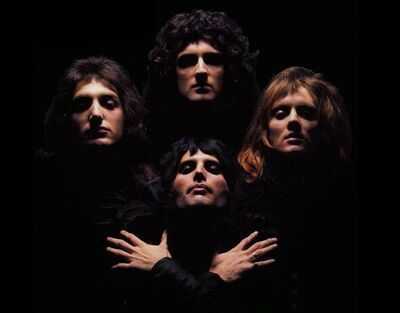
You may also like

Akshaya Navami 2025: Amla Navami falls today in four auspicious yogas, learn its significance...

'Been there six times': How NASA dismissed Kim Kardashian's moon-landing doubts - Watch

Puja Samagri List: Devuthani Ekadashi is after 2 days, these materials will be needed to awaken the gods...

Who is Mark Walter's wife, Kimbra Walter? Exploring the personal life of the Los Angeles Lakers' owner

Shabana Azmi poses with her 'do anmol ratan' Farhan Akhtar, nephew Sagar
